Market Turmoil: Equinor and the Empire Wind 1 Saga Following Trump Administration’s Decision
The Trump administration's recent decision to halt construction of the Empire Wind 1 offshore wind farm, developed by Equinor $EQNR near New York’s coastline, has sent shockwaves through the entire offshore wind industry. This unexpected policy move affected not only existing and upcoming projects but also intensified concerns among investors and industry stakeholders regarding the regulatory certainty of renewable energy in the United States.
Background and Political Dynamics
During his election campaign, Donald Trump consistently criticized offshore wind energy, calling it prohibitively expensive and harmful to marine life, particularly whales and birds. On his first day in office, President Trump signed an executive order freezing the issuance of new permits for offshore wind projects in federal waters. This abrupt regulatory shift now threatens not just the fate of Empire Wind 1, but also the viability of numerous high-value developments that have already secured permitting and significant financial backing.
Five Key Pressure Points Shaping the Industry
1. Heightened uncertainty for major investors committed to clean energy development
2. Increased legal and compliance costs for companies reassessing risks associated with existing projects
3. Stock market volatility, with renewable energy companies seeing increased downward pressure
4. Delays in critical energy infrastructure development timelines
5. Long-term planning challenges due to shifting policy priorities at the federal level

Winners and Losers in a Shifting Energy Landscape
- Slowed progress in the U.S. offshore wind sector
- Potential redirection of capital toward conventional energy markets
- Rising tensions between renewable energy advocates and industry skeptics
- Decreased investment appeal of certain U.S. regions and markets
- Mounting pressure on local governments and federal agencies from global energy players
Expert Perspective and Possible Scenarios
The challenges facing Empire Wind 1 highlight the extent to which political decisions can change the outlook for large-scale infrastructure projects and the overall investment climate. Industry analysts suggest that even fully-permitted developments remain vulnerable in the face of sudden regulatory reversals. This unpredictability amplifies risk for major energy companies and threatens to slow the pace of America’s transition to renewable power sources.


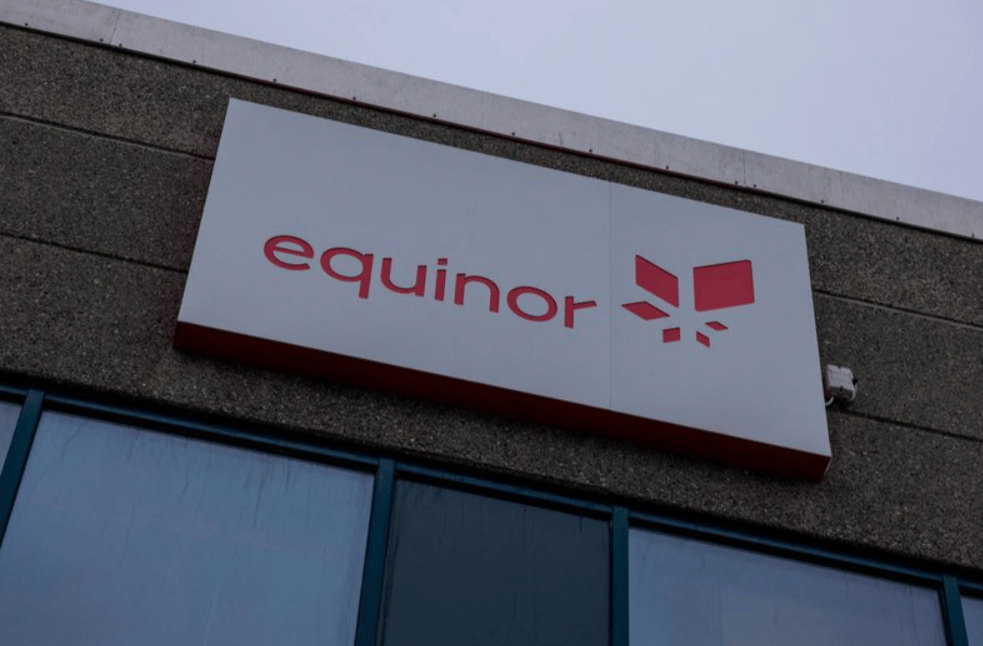





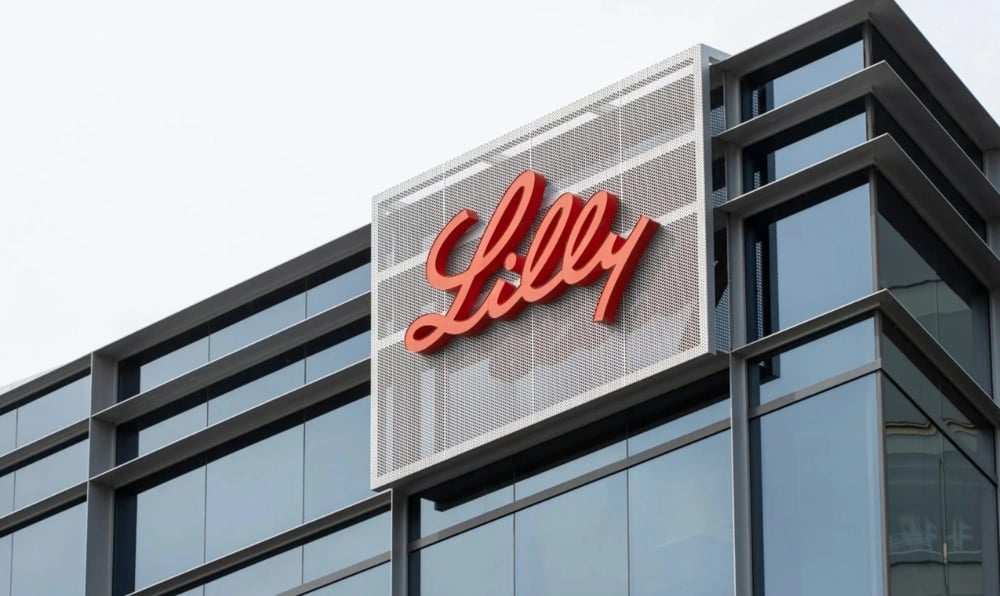
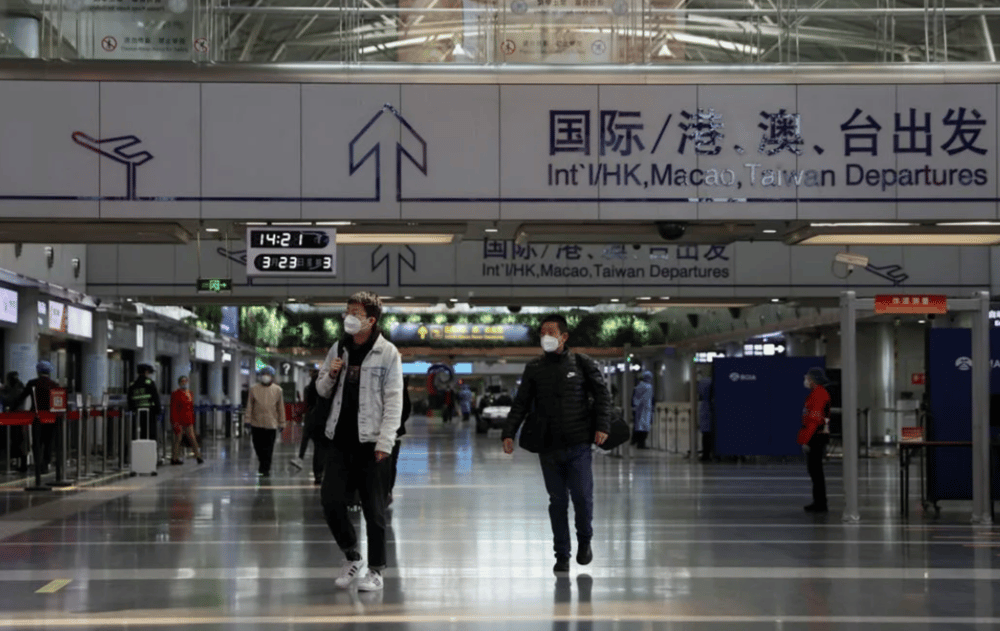
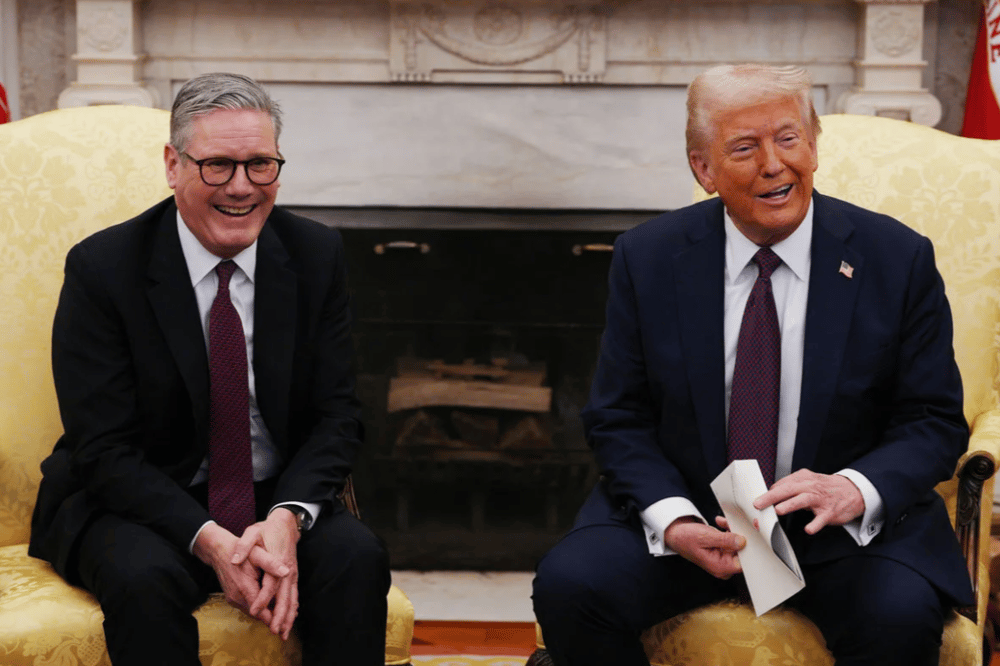
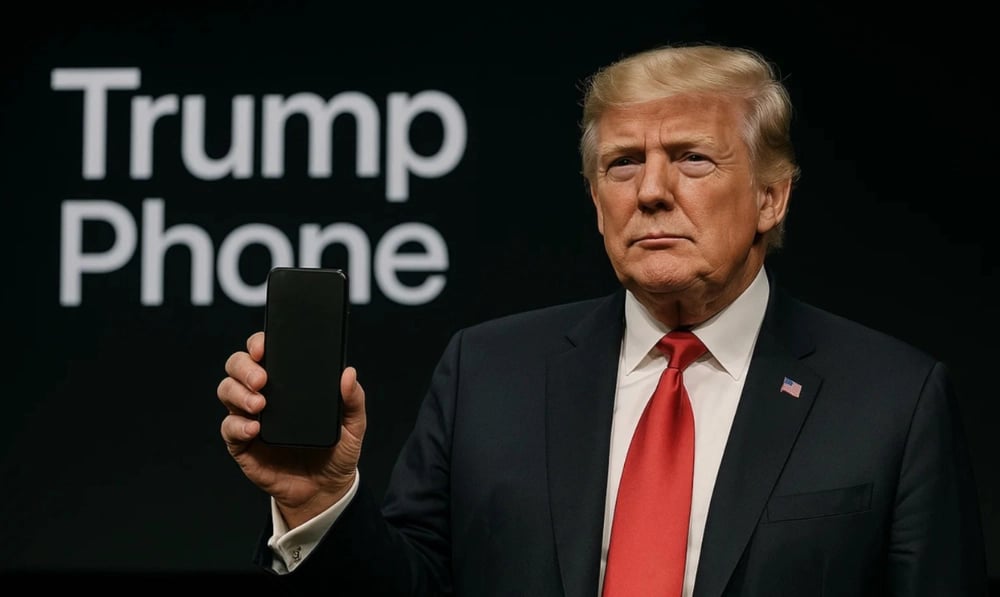
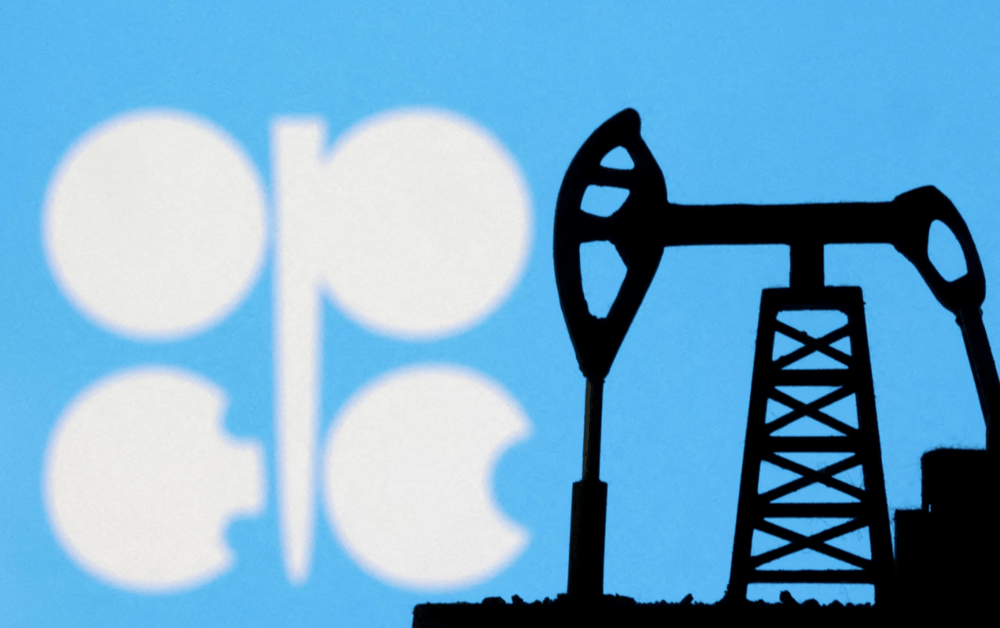
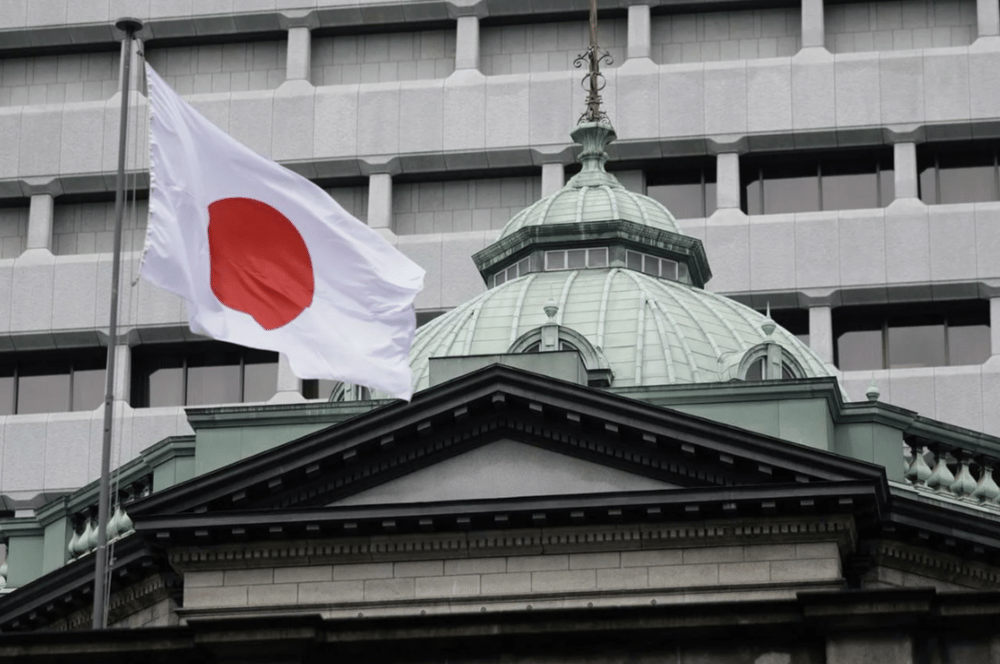




Comments